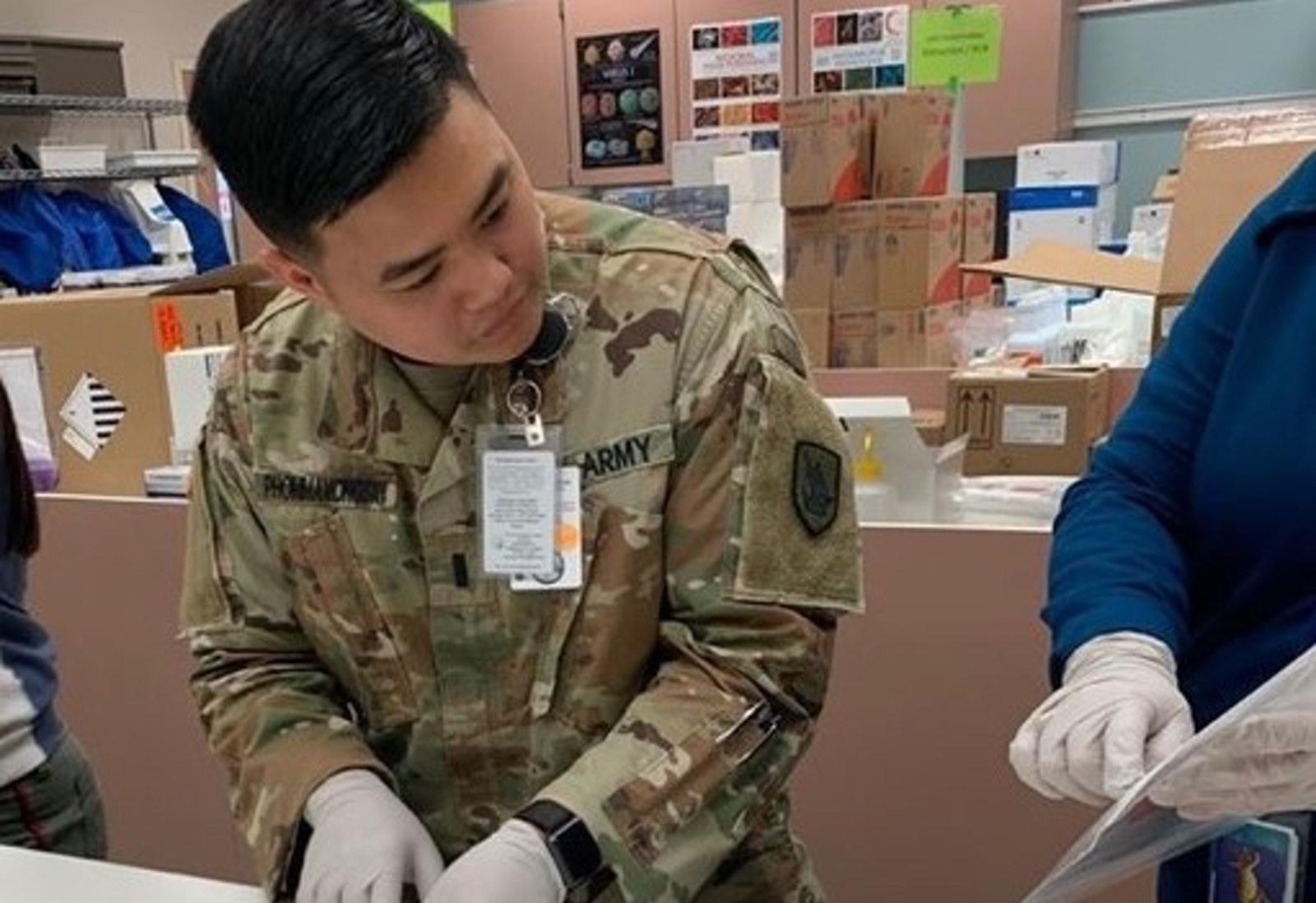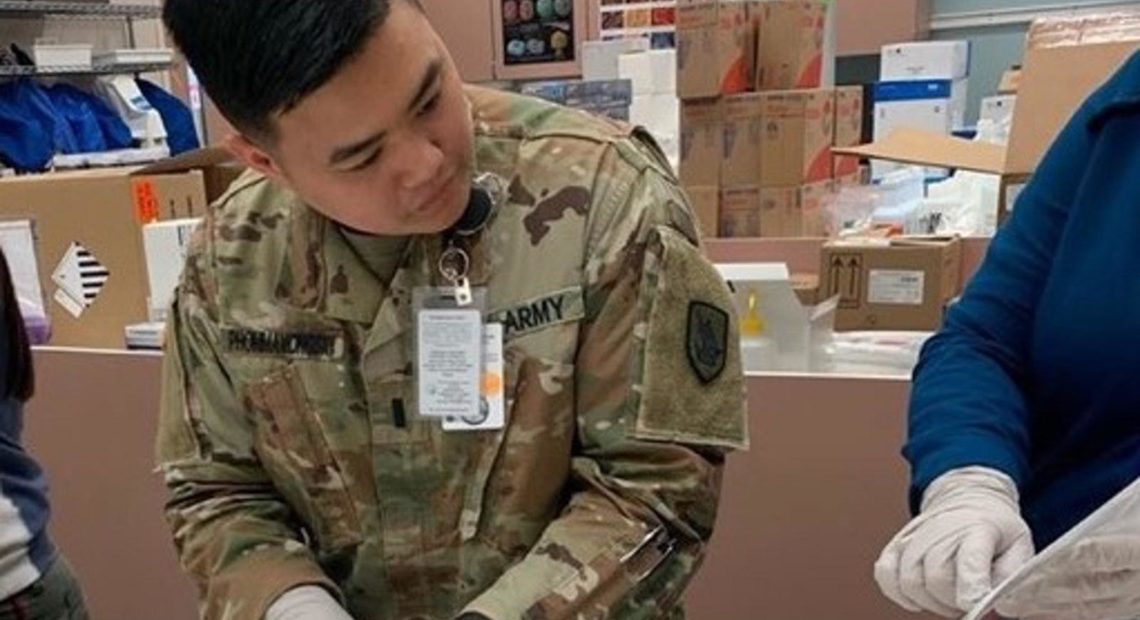
30K Coronavirus Tests A Day Could Be The Ticket To Washington’s Freedom
READ ON
BY ANNA BOIKO-WEYRAUCH & AUSTIN JENKINS
More testing will allow Washington state to relax some social distancing measures, because we’ll be able to identify sick people early and keep them isolated. Here’s how we can get there.
If you feel sick and think it’s COVID-19, how quickly can you get tested for the virus?
Until last week, if you had close contact with a COVID-19 positive person, but developed no symptoms, you may have been told to just stay home. Now the state is recommending even some asymptomatic people be tested.
Washington Gov. Jay Inslee has said increasing testing of people with COVID-19 symptoms, and their close contacts, is one of five key indicators required to ease strict social distancing measures.
More testing of the virus is vital for Washington to reopen, state officials say.
Testing tracks the novel coronavirus in action, rather than antibody testing, which shows where it may have been. It gives state officials an eye on the infection and where it might be spreading through the community, and it helps the state put the genie back in the bottle.
“All the cases that we are detecting right now are not likely to be all the cases that are occurring out there,” said Dr. Kathy Lofy, the state health officer, at a recent media briefing. “That’s why we need to increase the amount of testing we’re doing, so that we can be detecting more of the cases.”
Health authorities can take the appropriate next step — such as reaching out to close contacts and telling them to isolate or quarantine themselves — once testing identifies who has COVID-19.
“It’s a critical enabler of our containment strategies,” said Reed Schuler, the governor’s senior policy advisor.
Gov. Inslee wants Washington to run 20,000 to 30,000 tests per day. The biggest hurdle is a short supply of needed testing materials across the state. Healthcare providers have sought their own sources for supplies, and now the state is playing back up to fill in the gaps.
“Our strategy overall is to make available testing as early as possible, shortly after someone develops symptoms, have that test collected, submitted to a lab, and have that lab return it within 24-48 hours so any public health action, which might include isolation or reaching contacts and asking them to quarantine can happen,” said Dr. Charissa Fotinos, the deputy chief medical officer at the Health Care Authority who is leading the state’s testing strategy.
Here are four things we’re going to need to get there.
More supplies
Big picture, state officials say they’re on track to having 2.5 million test kits available in the next 12 weeks.
“On paper, we should be able to get adequate supplies in,” Fotinos said. The state especially wants to build capacity by the time flu season begins.
The question is whether all of the needed materials – such as swabs and vials – will actually arrive on schedule.
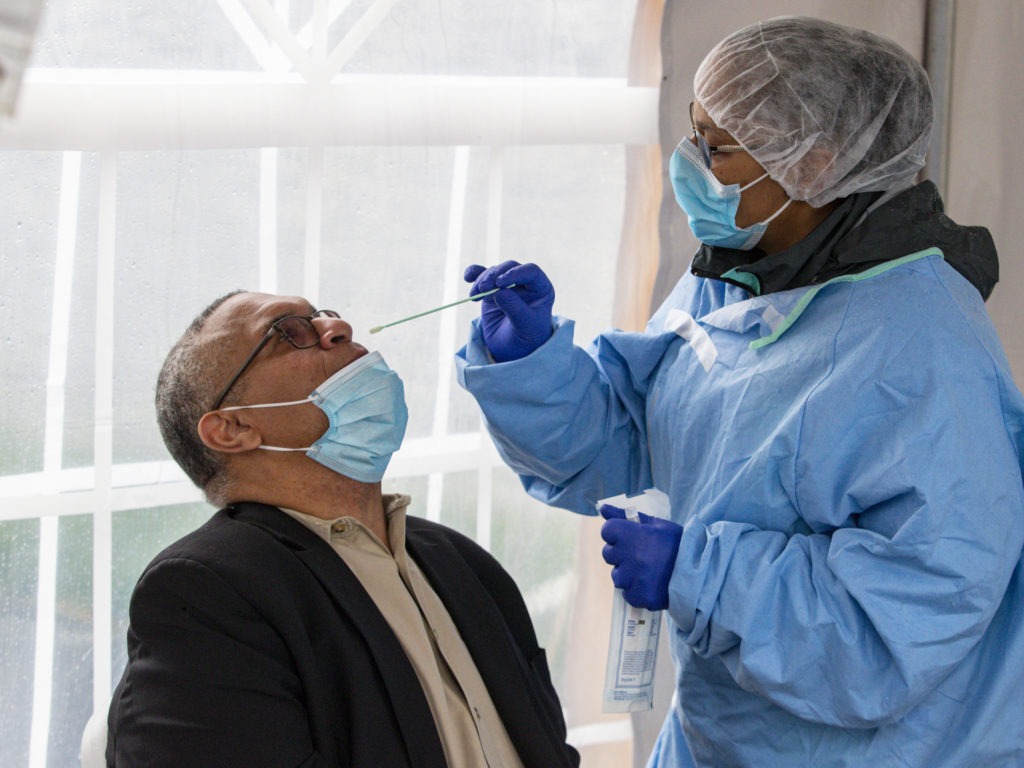
Indiana gubernatorial candidate Dr. Woody Myers takes a COVID-19 test at Aria Diagnostics in Indianapolis. CREDIT: Michael Conroy/AP
“Even when we’re sometimes told by a company that they expect their daily output to be X, Y or Z, they reach out and say, ‘Oh, well, we can’t get that reagent we thought we could get,’” Fotinos said.
Now, the federal government is pledging to send supplies.
On Tuesday the state got enough swabs to test 37,000 people. In May and June the state expects to get enough swabs to test 580,000 people per month, with shipment arriving weekly.
“In every state, we will have more than enough lab testing supplies for people to support their testing goal,” said Brad Smith, of the Centers for Medicare and Medicaid Services and the White House Coronavirus Task Force, in a CDC briefing for laboratory professionals this week.
Gov. Inslee hailed the federal supplies as an “important and welcome step.”
Swabs are one important piece of a test kit. The feds are also sending vials to put the swabs in once they’ve been up a nose (though, not enough for every swab).
And the state still lacks enough biohazard bags to put the collected specimens in. The supplies the state is acquiring will go to local public health departments “to fill in the gaps” in private testing – for instance when there’s a COVID-19 outbreak at a long-term care facility, farmworker housing or a meatpacking plant. The state is also helping supply some testing for people without insurance.
Test more people
Current state guidance is that anyone with symptoms can get tested, but because test supplies are limited, only certain symptomatic populations get priority. They include people at high risk for complications, front line health care workers and emergency responders, people in congregate care settings and pregnant women.
The goal going forward is to make testing available to anyone who has symptoms.
People who are asymptomatic generally won’t get tested, with some exceptions: people who have been in close contact with someone who tests positive, and staff and residents at a congregate care facility where people have tested positive.
Once there are adequate testing supplies, asymptomatic testing could expand to include people scheduled for surgery and pregnant women in labor or scheduled for delivery. However, at this point, there are no plans in Washington to do broad testing of people who are asymptomatic.
Rapid, ubiquitous testing in congregate care
Long-term care facilities are not able to test enough asymptomatic – yet potentially infected – contacts of COVID-19 patients, even though the state recommends it.
“We are now …. nine weeks past Washington state’s first announced COVID-19 death, yet we still scream for the very same basic items we did then; PPE and testing,” said Deb Murphy of LeadingAge Washington, which represents mostly nonprofit nursing homes.
Murphy blames the federal government for the lack of supplies and said that even when shipments do arrive, it’s not enough. To test everyone in a facility, Murphy said, they need the test kits and point-of-care machines that can process the tests on-site.
“Otherwise, we often wait up to 7 days before learning whether an asymptomatic resident is infected and needs to be isolated,” Murphy said. “That’s too long to wait, more residents and more staff will be infected with each passing hour.”
The state of Washington recently procured several point-of-care machines that were distributed to local public health offices and to tribes for testing in congregate facilities. Additionally, the federal government recently bumped up federal long-term care facilities in priority for PPE and testing supplies.
Now, they are being told that all long term care facilities, regardless of COVID-19 status, are a priority.
“This sounds great, but the problem is that there are still not enough reliable tests to go around,” Dale said.
On a press briefing Tuesday, state health officer Dr. Kathy Lofy said long-term care facilities are seeing a decrease in confirmed cases per week, and health authorities have been improving testing.
“Now I do feel like we’re getting in more quickly and just being able to test all the residents and all of the healthcare providers,” Lofy said.
Increase access to testing
The testing branch of the Department of Health is looking to hone its strategy to increase equity in access to testing across communities in the state.
They plan to reach out to non-English speakers and others who are not connected to mainstream media or other sources of information about testing, Fotinos said.
“Right now we’re just trying to understand how folks would be best brought into and made comfortable getting testing and then try to direct resources to those places,” she said. So far, they’ve had conversations with community leaders in King County, but didn’t identify any specific steps yet, Fotinos said.
Meanwhile, access to testing at home or at a drive-through sites may become more common. A new at-home test kit was also recently approved by the FDA, and can be ordered online, but LabCorp is only sending kits to healthcare workers or first responders.
In mid-March, President Trump announced a partnership with retailers like Walmart, Target and Walgreens to open drive-through COVID-19 testing sites throughout the country.
Washington state officials didn’t launch sites at those retail locations because the retailers didn’t have access to personal protective equipment (PPE) or testing supplies. Nor did the state at that point.
Now, though, Walmart has told Washington state officials that it can provide most of the equipment and supplies needed for a drive-through test site. Dr. Fotinos said that could be a good option in some communities, especially where access to testing at hospitals and doctors offices is limited.
Separately, several local jurisdictions and health care providers have opened their own drive-through testing centers, including in Grays Harbor, Thurston and Snohomish Counties.
Anna Boiko-Weyrauch is a reporter for KUOW-Seattle. Austin Jenkins is Olympia correspondent for the public media Northwest News Network.
Copyright 2020 Northwest News Network. To see more, visit nwnewsnetwork.org.
Related Stories:
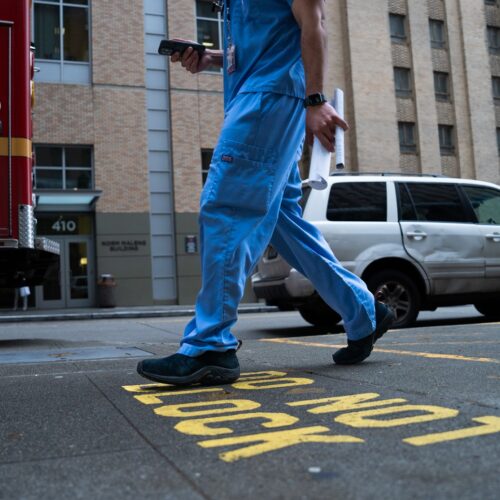
Long-COVID patients need more resources in central Washington
In Washington, there is only one clinic to treat Long-COVID. It is in Seattle on the west side of the state. Long-COVID haulers in the Yakima Valley face a lack of local resources, diagnosis and information. Some say they feel disconnected from their doctors. This is part three of a collaborative piece with palabra about Long-COVID.
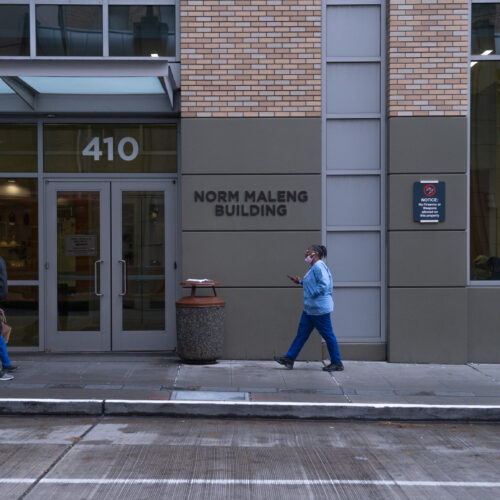
Pacientes de COVID persistente necesitan más recursos en el centro de Washington
En Washington sólo hay una clínica que trata a pacientes de COVID persistente o Long-COVID y está ubicada en Seattle, al oeste del estado. Los pacientes de COVID persistente del valle de Yakima se enfrentan a la falta de recursos locales, diagnóstico e información. Algunos dicen que se sienten desconectados de sus médicos.
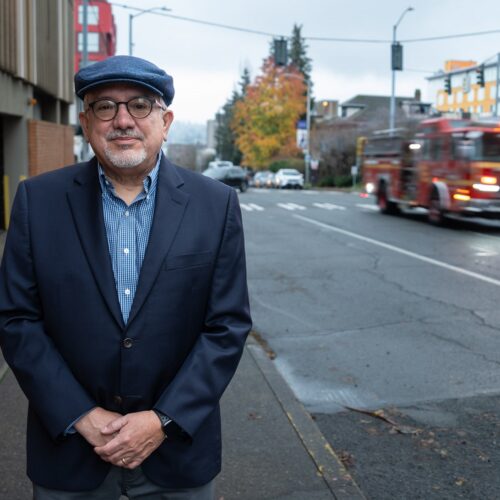
Long-term impacts of Long-COVID among Latinos being researched in WA
Researchers are looking into Long-COVID in Washington. Nearly half of Latinos were asked whether they have experienced prolonged COVID symptoms and their answers showed they have.

